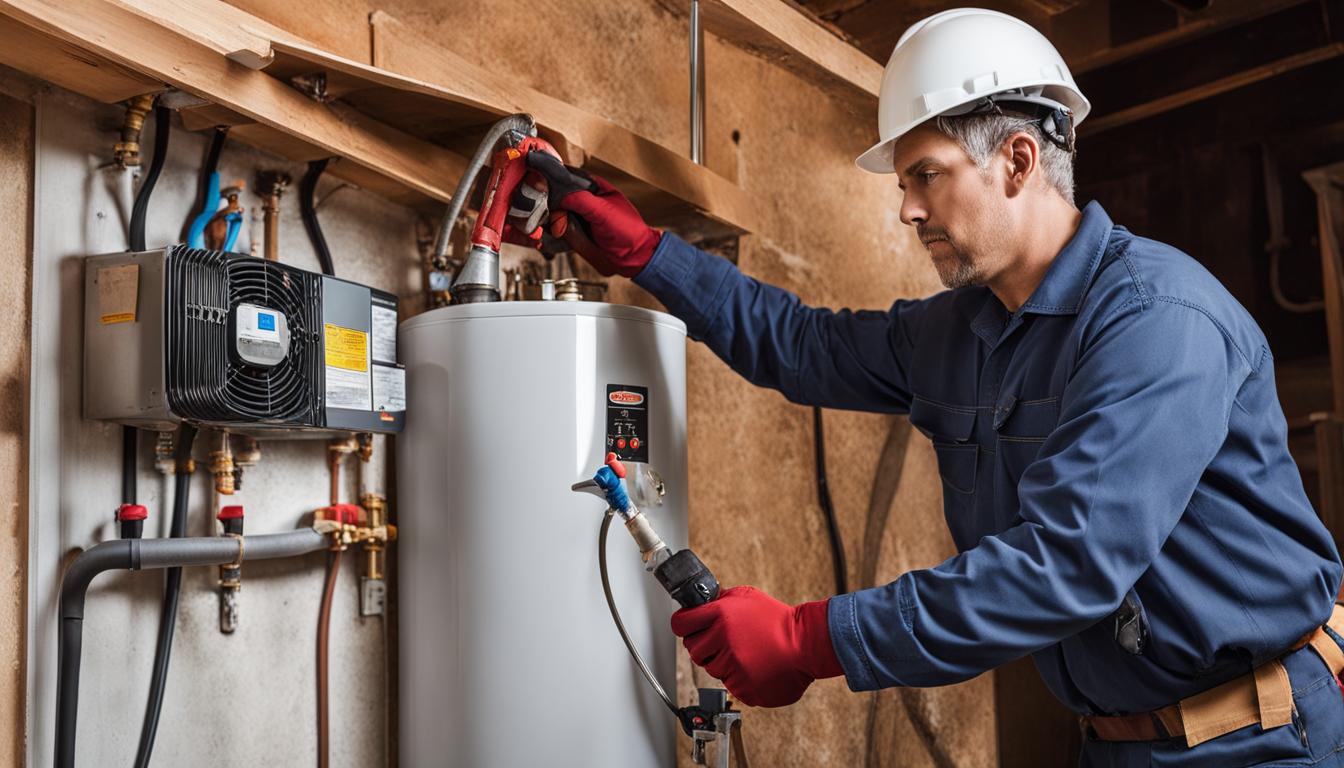Easy Guide to Caring for Your Home's Hot Water System
Easy Guide to Caring for Your Home's Hot Water System
Blog Article
We've stumbled upon this great article relating to Tips For Maintaining Your Hot Water Heater below on the net and thought it made sense to share it with you over here.

Hot water is essential for everyday comfort, whether it's for a revitalizing shower or washing recipes. To ensure your warm water system runs effectively and lasts much longer, routine maintenance is crucial. This short article gives functional tips and understandings on how to keep your home's hot water system to stay clear of interruptions and pricey repair work.
Intro
Maintaining your home's warm water system might appear challenging, but with a few simple steps, you can guarantee it operates smoothly for several years to find. This overview covers everything from recognizing your hot water system to do it yourself upkeep suggestions and recognizing when to hire specialist help.
Value of Maintaining Your Hot Water System
Normal maintenance not only expands the lifespan of your warm water system yet also guarantees it runs effectively. Ignoring maintenance can result in lowered efficiency, higher power costs, and even premature failure of the system.
Indications Your Warm Water System Requirements Upkeep
Recognizing when your warm water system requires attention can protect against major concerns. Watch out for signs such as irregular water temperature, odd noises from the heating unit, or rusty water.
Flushing the Hot Water Heater
Flushing your hot water heater removes debris buildup, enhancing efficiency and extending its life.
Monitoring and Changing Anode Rods
Anode rods prevent deterioration inside the storage tank. Inspecting and replacing them when worn out is vital.
Complex Concerns Needing Professional Aid
Instances include major leakages, electric problems, or if your water heater is continually underperforming.
Routine Specialist Maintenance Benefits
Specialist upkeep can include thorough examinations, tune-ups, and ensuring conformity with security standards.
Evaluating and Changing Temperature Setups
Changing the temperature setups guarantees optimum efficiency and safety.
DIY Tips for Upkeep
You can execute several maintenance jobs on your own to maintain your warm water system in leading condition.
Looking for Leakages
Frequently evaluate pipelines and connections for leakages, as these can bring about water damages and higher costs.
Understanding Your Warm Water System
Before diving right into maintenance jobs, it's helpful to comprehend the fundamental components of your warm water system. Usually, this consists of the water heater itself, pipelines, anode poles, and temperature level controls.
Regular Monthly Maintenance Tasks
Normal regular monthly checks can aid catch small problems before they intensify.
Testing Stress Relief Valves
Checking the stress safety valve ensures it operates appropriately and avoids excessive stress accumulation.
Protecting Pipelines
Shielding hot water pipes minimizes warm loss and can save power.
When to Call an Expert
While DIY upkeep is beneficial, some concerns need professional experience.
Final thought
Regular upkeep of your home's hot water system is essential for effectiveness, durability, and expense savings. By following these pointers and understanding when to seek specialist assistance, you can ensure a dependable supply of warm water without unanticipated interruptions.
How to Maintain an Instant Hot Water Heater
Before tinkering with your hot water heater, make sure that it’s not powered on. You also have to turn off the main circuit breaker and shut off the main gas line to prevent accidents. Also turn off the water valves connected to your unit to prevent water from flowing into and out of the appliance. 2. When you’re done, you have to detach the purge valves’ caps. These look like the letter “T†and are situated on either side of the water valves. Doing so will release any pressure that has accumulated inside the valves while at the same time avoid hot water from shooting out and burning your skin. 3. When the purge valves’ caps are removed, you have to connect your hosing lines to the valves. Your unit should have come with three hoses but if it didn’t, you can purchase these things from any hardware or home repair shops. You can also get them from retail stores that sell water heating systems. Read the user’s manual and follow it to complete this task properly. When the hosing lines are connected, open the purge port’s valves. 4. You should never use harsh chemical cleaners or solutions when cleaning your unit. Make use of white vinegar instead. It should be undiluted and you’ll probably use about 2 gallons. 5. Now flush your water heater. This task should probably take about 40 minutes. We can’t give you specific directions for this because the procedure is carried out depending on the type, model and brand of your heater. With that being said, refer to the user’s manual. 6. When you’re done draining the unit, you have to turn off the purge port valves again. Remove the hosing lines that you earlier installed on each of the water valves. Put the valve caps (purge port) back in their respective places and be very careful so as not to damage the rubber discs that are found inside these caps. 7. Now that everything’s back in place, check your user’s manual again to find out how to reactivate your water heating system. 8. Once it is working, turn one of your hot water faucets on just to let air pass through the heater’s water supply pipes. Leave the tap on until water flows smoothly out of it. https://www.orrplumbing.com/blog/2014/september/how-to-maintain-an-instant-hot-water-heater/

I am very occupied with What Kind of Maintenance Do Water Heaters Need? and I really hope you liked my blog posting. Sharing is caring. Helping others is fun. I recognize the value of your readership.
Get A Free Estimate Report this page